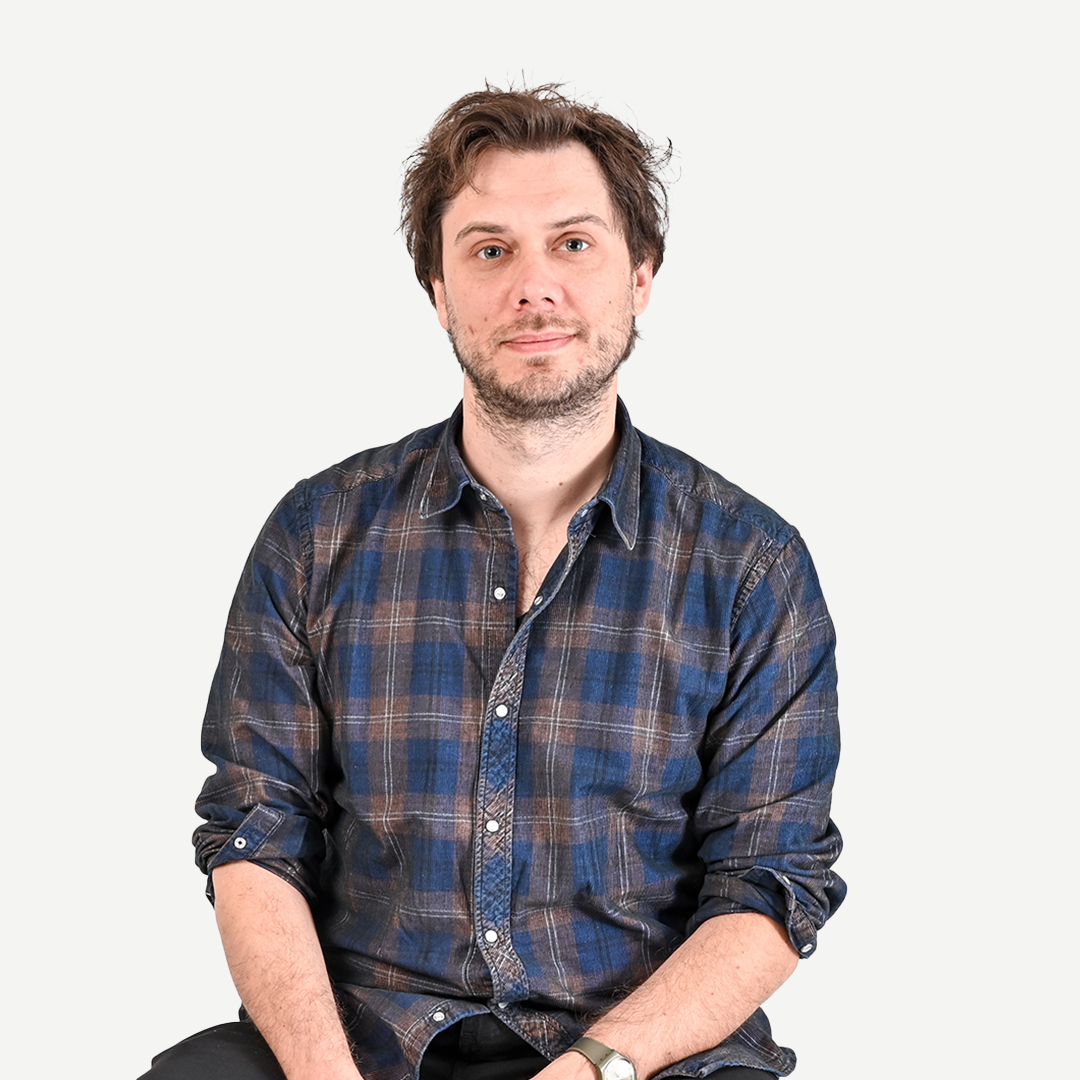Document summary objectives Course
Course:
ISME/02 Basic Design
Year:
2024/2025
Lecturer:
Cesar Arroyo, Tommaso Russo

Cesar Arroyo
List of topics covered:
The course introduces students to the fundamental principles of design, laying the foundation for the development of creative and design skills. Through a methodological approach, techniques of innovation, lateral thinking and idea generation are explored, stimulating design that is not only industrial, but also expressive and communicative. The course is divided into two modules: Thinkering, focused on problem solving and meta-design, and Contemporary, devoted to contemporary design, design theories and interdisciplinary connections with other visual languages.
Course-specific learning objectives:
The objective of the course is to develop a critical and informed approach to design through experimentation with creative strategies and design methodologies. Students will acquire conceptual tools to deal with industrial and communication design, honing their ability to analyze and synthesize. Upon completion, they will be able to apply lateral thinking, define their own design authorship and understand the ethical implications of design.
Mode of teaching delivery:
Teaching will alternate between theoretical lectures and laboratory activities. In the Thinkering module, students will work on projects of increasing complexity, exploring the role of the designer in contemporary society. In the Contemporary module, experimental activities based on meta-design exercises, storytelling techniques and visual communication strategies will be offered. During the course, thematic workshops and moments of critical discussion will be organized.
Mode of examination/evaluation:
Students will be required to submit a folder of final papers, including all exercises performed. Evaluation will be based on the ability to develop a coherent design path, the communicative effectiveness of the proposals and the quality of technical execution. Active participation in workshops and the ability to apply theoretical concepts in design practice will also be assessed.
Bibliography
- Norman, D.A., Noferi, G. (2019).The Masochist’s Coffee Pot: The design of everyday objects. Giunti Psychometrics.
- Munari, B. (2020). From What Comes What: Notes for a design methodology. Laterza.
- Norman, D.A. (2003). Emotional Design: Why We Love (or Hate) Everyday Things. Basic Books.
- Maurer, L. et al. (2013). Conditional Design Workbook. Valiz.
- Byrne, D. (2017). How Music Works. Random House Digital.
- Hustwit, G. (2009). Objectified. Plexi Productions, Swiss Dots.
- Vonnegut, K., Wakefield, D. (2014). If This Isn’t Nice, What Is? Advice to the Young. Seven Stories Press.
- McLuhan, M. (2010). Understanding Media: The Extensions of Man. Routledge.
- McLuhan, M., Fiore, Q. (1967). The Medium is the Massage. Random House.
- Foucault, M. (2010). The Order of Things: An Archaeology of the Human Sciences. Routledge.
- McIntyre, L. (2019). Post-truth. UTET University.
- Arden, P. (2014). It’s Not How Good You Are, It’s How Good You Want to Be. Phaidon.

